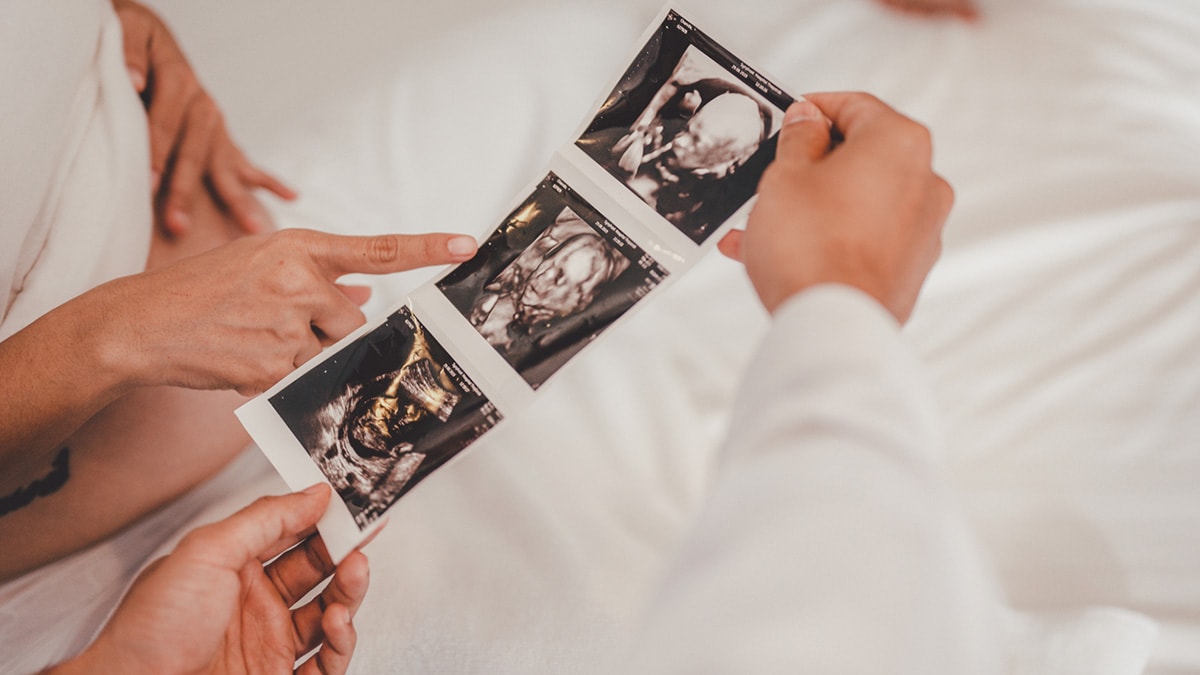Key points
- If the result of a screening test is abnormal, providers usually offer further diagnostic tests.
- These diagnostic tests are also offered to women with higher risk pregnancies.
- Certain birth defects might not be diagnosed until after the baby is born.

Why get tested
You may or may not want to know if your baby has a health condition before birth.
If you decide to have a diagnostic test, you can learn more about your baby’s condition. You can also learn how to care for your baby after birth. You may need to make plans to give birth in a hospital that can give your baby special medical care.
Who should be tested
If you receive an abnormal screening test result, your provider will discuss diagnostic test options. These diagnostic tests are also offered to women with higher risk pregnancies, which may include:
- Women who are 35 years of age or older.
- Women who have had a previous pregnancy affected by a birth defect.
- Women who have chronic diseases such as lupus, diabetes, or epilepsy.
- Women who use certain medications.
Types of tests
High resolution ultrasound
An ultrasound creates pictures of the baby. This type of ultrasound is used to look in more detail for possible birth defects or other concerns with the baby. It is usually completed between weeks 18 and 22 of pregnancy.

Chorionic villus sampling (CVS)
CVS testing involves collecting and testing a tiny piece of the placenta, called chorionic villus. This test can check for chromosomal or genetic disorders in the baby. It is completed between 10 and 12 weeks of pregnancy.
Amniocentesis
Amniocentesis is a prenatal test that takes amniotic fluid from around your baby in the uterus. The fluid is then tested to measure the baby's protein levels. Cells in the fluid can be tested for chromosomal disorders, such as Down syndrome, and genetic problems, such as cystic fibrosis. Amniocentesis is completed between 15 and 18 weeks of pregnancy.
There are several proteins for which an amniocentesis tests, which can indicate certain birth defects.
Alpha-fetoprotein (AFP) is one of the proteins the baby produces. A high level of AFP in the amniotic fluid may indicate a defect with an opening in the tissue. This could be a neural tube defect (anencephaly or spina bifida), or a body wall defect, such as omphalocele or gastroschisis.
Acetylcholinesterase (AChE) is an enzyme that the baby produces. This enzyme can pass from the baby to the amniotic fluid if there is an opening in the neural tube.
After the baby is born
Whether your baby is diagnosed during pregnancy or after birth, they may need special care as they grow. Parents can prepare for their child's needs by learning about their child's condition. This knowledge can equip you to make the best possible choices for your child's health. Children with special healthcare needs can benefit from the medical home approach to care. This personalized approach supports working together to make sure that medical and nonmedical needs of children and families are met.
